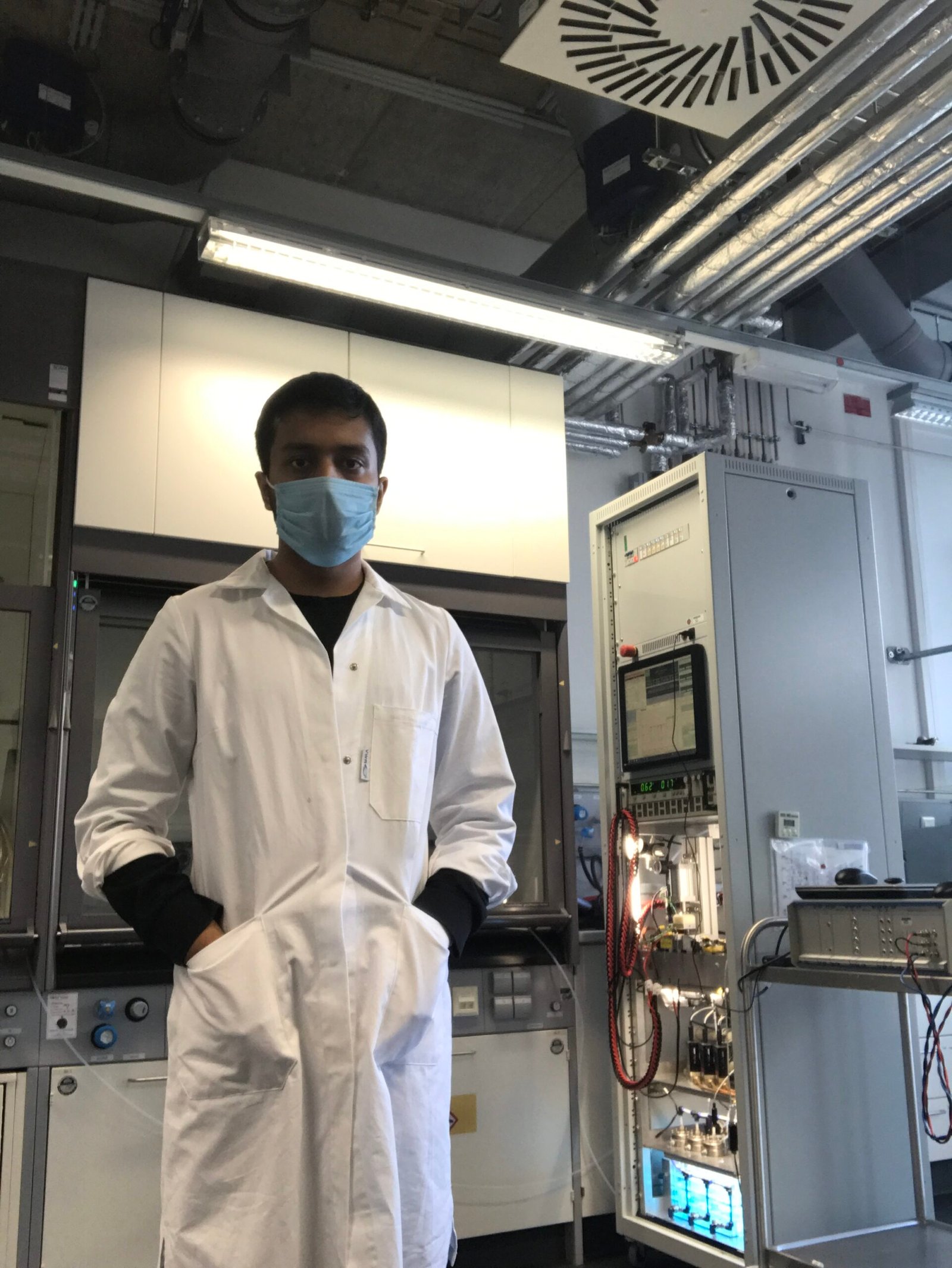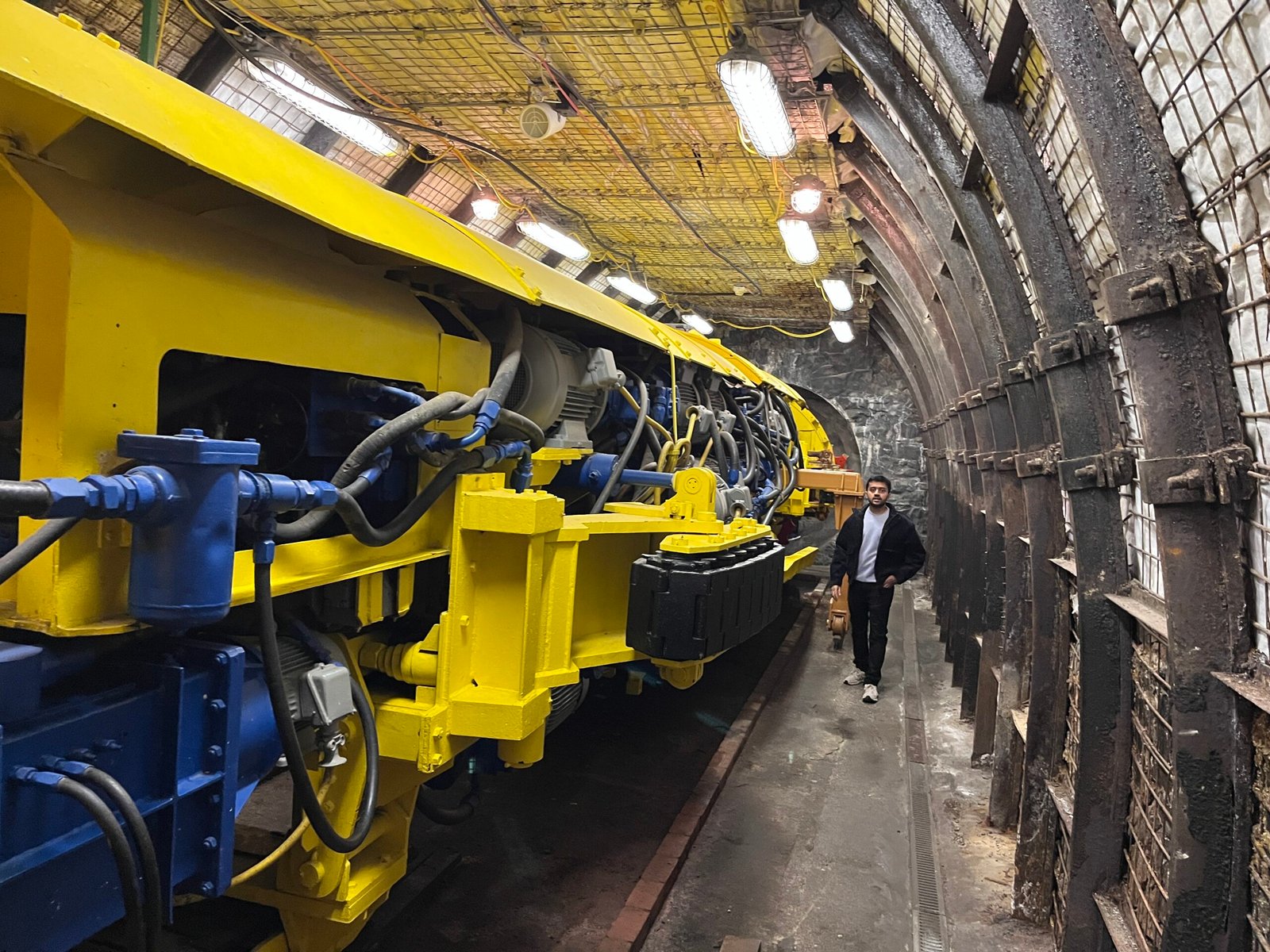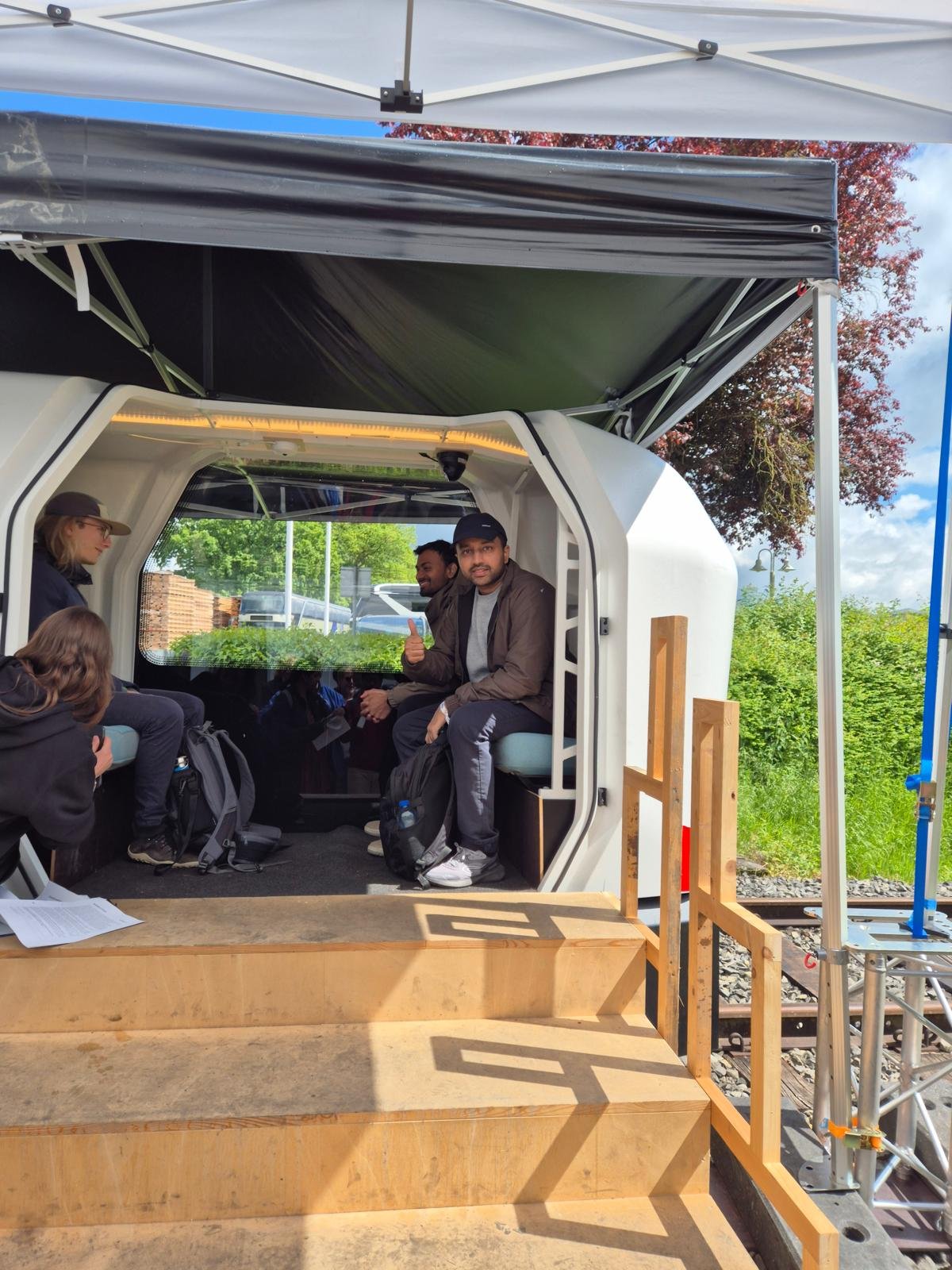The lab was a frigid, sterile cavern in my university’s engineering building. The air carried a sharp smell of metal and ethanol, and the low hum of machinery was my only company. I’d been buzzing with anticipation for weeks, ever since my professor, name-dropped the hydrogen fuel cell during a lecture on sustainable energy. During that lecture me and my buddies were occupied with something far from hydrogen or fuel cells, but standing alone in the lab at 8 a.m., staring at the gleaming stack of metal plates and tangled wires, I realized I had made a really big mistake.

The fuel cell setup looked like it was taken from a sci-fi blockbuster: a compact stack of polished plates, wires sprawling like veins, and a digital display flashing numbers that might as well have been alien code. My task was to run precise tests—open circuit voltage (OCV) and impedance spectroscopy—to gauge its performance. Fuel cell testing is a slow, meticulous process, each step demanding laser focus and endless patience. It was just me, the equipment, and a creeping sense of isolation. I had skipped breakfast in my rush to get here, and by 9 a.m., my stomach was already staging a noisy protest. I ignored it, telling myself I’d grab a pretzel from the campus bakery later. “Later” was a lot further away than I thought.

I started with the OCV test, which measures the voltage when no current is flowing—a snapshot of the cell’s baseline health. I checked the connections, my fingers fumbling with the clips as I ran through the safety checklist in my head. Hydrogen is unforgiving; one misstep could create a very loud & expensive problem.

I inspected the valves, pressure gauges, and emergency shutoff switch. Everything checked out, so I flipped the power switch. The fuel cell came to life, the display flickering like it was waking up from a long nap. I adjusted the hydrogen flow, watching the voltage climb to a steady 0.94 volts. Not bad. I jotted the numbers in my notebook, feeling a flicker of pride. For a moment, I was a proper scientist, not just a sleep-deprived student who’d forgotten to eat.

The lab was eerily quiet, except for the fuel cell’s hum. My focus was razor-sharp, though my hunger was starting to gnaw at me. I pictured the warm, buttery pretzel waiting at the bakery, but I pushed the thought aside. Focus, I told myself. The OCV test was straightforward, but it took time—waiting for the voltage to stabilize. I paced the lab, my sneakers squeaking on the polished floor, glancing at the display every few seconds. The numbers held steady, and I scribbled them down, my handwriting getting sloppier as my stomach growled louder.
Next up was impedance spectroscopy, a test that’s as tricky as it sounds. This one involved applying a small alternating current to measure the cell’s resistance and performance across different frequencies. I hooked up the frequency response analyzer, my hands clumsy with the tiny probes. The setup was a maze of cables, and I double-checked each connection. The test was a marathon—each frequency sweep took a long time, and I had to run multiple cycles to ensure the data was reliable. The display spat out graphs that looked like modern art, all jagged peaks and valleys. I squinted at them, trying to decode the secrets. The impedance was low, a good sign, but the process was agonizingly slow.

I considered sneaking out for a snack, but the thought of leaving the fuel cell unattended—or worse, meeting my professor in the hallway and having to restart the test—kept me glued to the rig. Fuel cell testing doesn’t care about your hunger or your need for a coffee break. It demands your full attention, and I was learning that the hard way.
The third test was a polarization curve, mapping the cell’s performance under increasing current loads. I connected a load bank to simulate electrical demand and started ramping it up. The cell was holding strong, the voltage dropping predictably as the current increased. I was starting to feel cautiously optimistic—until I noticed something horrifying. A black, sludgy substance was oozing from the exhaust port, like the fuel cell was leaking ink. The manual, a brick of German technical jargon, hadn’t mentioned this. Was a membrane failure? My tired, hungry brain didn’t know what to do. I scrambled through the notes from my professor but this was something totally unexpected.
I grabbed a cloth and cleaned the exhaust port, checking every seal and connection. My fingers were smeared with the stuff. I flipped through the manual, my German’s decent, but trying to decipher “Überdruckventilkonfiguration” under pressure was a special kind of torture. Finally, I restarted the test. The oozing didn’t return, but my confidence was shot. I watched the display like a hawk, half-expecting the fuel cell to start spitting out more mystery sludge. The polarization curve eventually came together, showing solid performance, but the ordeal left me rattled.
Fuel cell testing is a time sink, and I had wildly underestimated how long it would take. What I thought would be a morning’s work stretched into double the hours, pushing me well past regular university hours. By late afternoon, the building was a ghost town. The lab’s silence was oppressive, broken only by the fuel cell’s hum and my own grumbling stomach. I was exhausted, my eyes burning from staring at the display, my legs, on the verge of giving up.
By the time I finished the final test, it was well into the evening. The polarization curve was complete, the data promising—strong OCV, low impedance, and a decent performance curve, black stuff notwithstanding. I powered down the system, the hum fading into a deafening silence. The lab felt like a tomb, the fluorescent lights casting harsh shadows on the equipment. I packed up, leaving the setup spotless, though I’m sure I left a piece of my sanity behind. As I grabbed my bag to leave, I spotted a note taped to the lab door in neat handwriting: “Arpan Ray inside the lab.” The security guard must have done a sweep and realized I was still battling with some monster inside the lab. I laughed, a mix of exhaustion and relief. I’d dodged being locked in, but I was ready to collapse.

Stepping into the chilly night, I felt a strange mix of pride and delirium. I’d spent twice as long as planned, stayed way past hours, and survived a solo marathon with a fuel cell that decided to ooze black sludge. My stomach was screaming, my body ached, and I was pretty sure I’d never look at a lab the same way again. Hydrogen fuel cells are far from perfect—but they’re a glimpse of a cleaner future. I’d wrestled with one and come out on top, hungry, tired, and a little wiser. As I trudged toward the nearest döner shop, I knew this was a story I’d be telling for years.







Leave a Reply